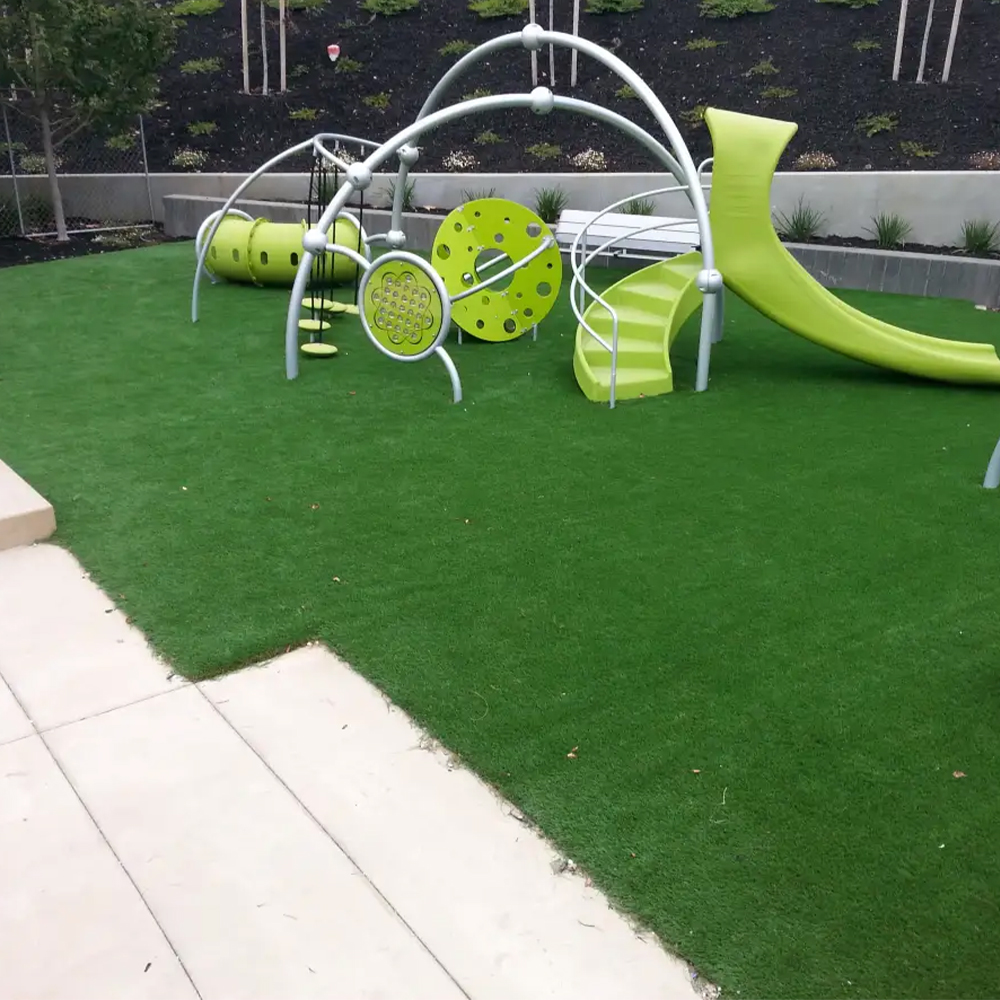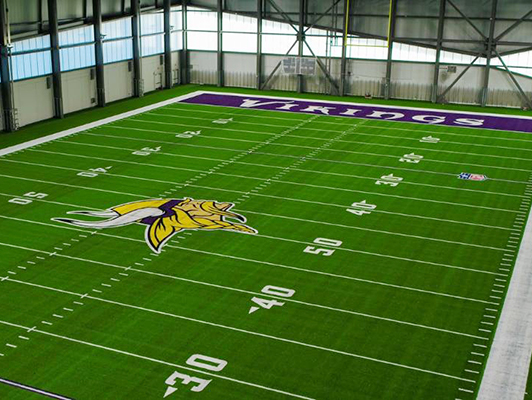Transform Your Yard with Professional Turf Installation Phoenix AZ Services
Transform Your Yard with Professional Turf Installation Phoenix AZ Services
Blog Article
Explore the Environmental Benefits of Opting for Artificial Turf Solutions
The adoption of synthetic grass remedies offers a compelling chance to attend to pressing environmental challenges. By considerably lowering water usage and minimizing the application of harmful chemicals, these alternatives not only advertise lasting landscaping yet additionally safeguard neighborhood ecological communities. The reduced carbon footprint linked with reduced upkeep tasks adds to an extra sustainable strategy to land administration. Nonetheless, the effects of these benefits prolong past plain preservation efforts, questioning regarding their long-lasting effect on habitat preservation and total ecological equilibrium. Checking out these measurements reveals a complicated interaction worth thinking about.
Water Conservation Conveniences
One of the most substantial benefits of fabricated turf is its capability to conserve water. In comparison, fabricated grass does not require watering, significantly lowering the general demand for water resources.
By removing the requirement for routine watering, synthetic grass contributes to lasting landscape practices and helps mitigate the environmental influence of excessive water intake. The conservation of water expands to the reduction of drainage, which can lead to dirt erosion and waterway pollution.
In addition, the setup of man-made turf permits municipalities and homeowners to assign water sources much more successfully, concentrating on important usages such as drinking water and agriculture. The shift in the direction of synthetic grass not only advertises liable water usage however likewise lines up with more comprehensive environmental objectives focused on protecting natural deposits.
As neighborhoods increasingly prioritize sustainability, the water conservation benefits of synthetic grass offer an engaging instance for its fostering in residential and commercial landscaping projects.
Decreased Chemical Use
The shift to fabricated lawn dramatically decreases the dependence on chemical treatments typically utilized in all-natural turf maintenance. Traditional turf management commonly involves the application of herbicides, pesticides, and plant foods to advertise development and control bugs. These chemicals can position risks to human health, local wildlife, and the setting, adding to soil and water contamination.
In contrast, man-made lawn gets rid of the need for these harmful compounds. By minimizing the release of artificial substances right into the environment, artificial grass advertises healthier dirt and water systems.
Moreover, the lack of chemical overflow related to artificial turf installations assists protect neighborhood waterways from contamination, supporting water life and keeping biodiversity. Artificial turf companies phoenix. As areas increasingly focus on lasting practices, choosing man-made turf provides a sensible solution that aligns with environmental preservation goals. Through this shift, residential or commercial property owners can appreciate lush green spaces without jeopardizing environmental health, leading the way for a much more sustainable future
Reduced Carbon Impact

In addition, the installation of synthetic grass can result in substantial water conservation. All-natural yards call for considerable quantities of water for watering, which not just includes in the carbon footprint connected with water extraction and therapy yet also pressures regional water resources. On the other hand, synthetic grass requires marginal upkeep, calling for no watering, therefore substantially reducing water use and its linked power expenses.
Furthermore, the long life of artificial turf adds to its reduced carbon influence. With a life expectancy of approximately 15 years or even more, the requirement for regular replacements is decreased, leading to less waste and lower power intake in production and getting rid of conventional turf alternatives. Overall, synthetic grass presents a lasting choice for ecologically mindful landscaping.
Habitat Conservation
Habitat preservation is a crucial factor to consider in the discussion over landscape design options, particularly when comparing synthetic grass to all-natural turf. Natural yard yards commonly need extensive upkeep, consisting of using herbicides, fertilizers, and chemicals, which can adversely influence local ecosystems. These chemicals can seep right into the soil and rivers, harming indigenous flora and animals and interrupting neighborhood habitats.
In comparison, synthetic grass offers an opportunity to lower the ecological footprint of landscaping. By selecting artificial turf, homeowners can lessen the disruption find out here now of all-natural habitats connected with typical lawn treatment practices. Fabricated turf gets rid of the requirement for harmful chemicals, therefore safeguarding neighboring wild animals and maintaining the integrity of bordering ecosystems. The setup of artificial turf can lead to the conversion of former turf areas right into more biodiverse landscapes, such as pollinator yards or native plant locations, which can sustain local wildlife.
Inevitably, the change to synthetic turf not just preserves water and lowers upkeep initiatives yet additionally promotes a much more harmonious relationship between human tasks and the natural surroundings, promoting habitat preservation at the same time.
Long-Term Sustainability
Lasting sustainability is a crucial consider evaluating the advantages of synthetic grass over standard turf lawns. One of the most substantial advantages of synthetic turf is its sturdiness; it can last as much as 15-20 years with minimal upkeep, whereas natural grass calls for constant reseeding and replacement. This long life decreases the demand for consistent sources, such as water, fertilizers, and chemicals, which are vital for maintaining a healthy and balanced turf lawn.
In addition, synthetic lawn contributes to a reduction in carbon exhausts connected with yard treatment equipment. Traditional yards frequently call for gas-powered mowers, leaners, and blowers, all of which add to air pollution. Arizona artificial turf. On the other hand, synthetic grass eliminates the requirement for such tools, promoting a cleaner atmosphere
Moreover, the manufacturing of synthetic grass significantly utilizes recycled products, enhancing its sustainability account. As suppliers adopt eco-friendly methods, the ecological impact of synthetic grass remains to decrease.

Final Thought
The fostering of fabricated grass solutions offers significant environmental advantages, consisting of substantial water preservation, decreased dependence on damaging chemicals, and a lower carbon impact. Man-made grass aids in protecting all-natural habitats by decreasing land disturbance and advertising long-lasting sustainability via the use of Our site long lasting products. Collectively, these elements emphasize the potential of man-made lawn to contribute favorably to environmental wellness and offer a feasible choice to traditional landscaping methods in a significantly resource-conscious world.
In contrast, man-made lawn does not require watering, significantly minimizing the total need for water resources. By decreasing the release of synthetic substances right into the ecosystem, artificial turf advertises much healthier dirt and water systems.
Furthermore, the installation of synthetic turf can result in significant water preservation. In contrast, artificial turf needs marginal upkeep, calling for no watering, therefore substantially minimizing water use and its linked power expenses.

Report this page